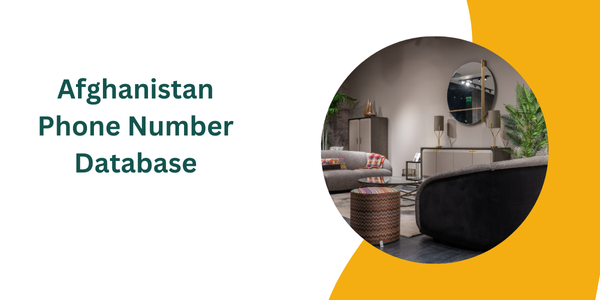|
|
c) Competition Among Providers Afghanistan’s mobile market is relatively competitive, with four major players vying for customer loyalty. Competition helps keep prices relatively affordable, particularly in urban centers. However, in areas where only one or two providers have coverage, prices can be higher due to a lack of competition. d) Technological Advancements The introduction of 3G and 4G networks in Afghanistan has improved mobile data speeds and overall service quality. However, these services come at a higher cost compared to older technologies like 2G.
As the country continues to transition to 4G, mobile data prices may fluctuate as providers adjust to increased demand for faster internet. 4. Average Monthly Costs for Mobile Services While the exact monthly cost of mobile services can vary afghanistan phone number database significantly based on individual usage, the following are general estimates for typical users in Afghanistan: Low Usage: A person who primarily uses their mobile phone for calls and texts, with limited data usage, may spend around AFN 500 to AFN 1,000 per month (USD 6 to USD 12). Moderate Usage: A moderate user, who regularly uses mobile data and makes occasional international calls, may spend AFN 1,500 to AFN 3,000 per month (USD 18 to USD 36).

Heavy Usage: A heavy user, who relies on mobile internet for work or entertainment, and makes frequent international calls, could spend AFN 5,000 to AFN 8,000 per month (USD 60 to USD 96). 5. Challenges Faced by Mobile Service Providers in Afghanistan Despite USA Phone number Database the growth of the mobile telecommunications sector, Afghanistan's mobile service providers face several challenges: a) Infrastructure and Security Issues Ongoing security concerns and the threat of terrorism pose risks to the infrastructure of mobile networks. Towers and communication lines are sometimes damaged or destroyed during conflicts, making it difficult for providers to maintain consistent service in certain regions.
|
|